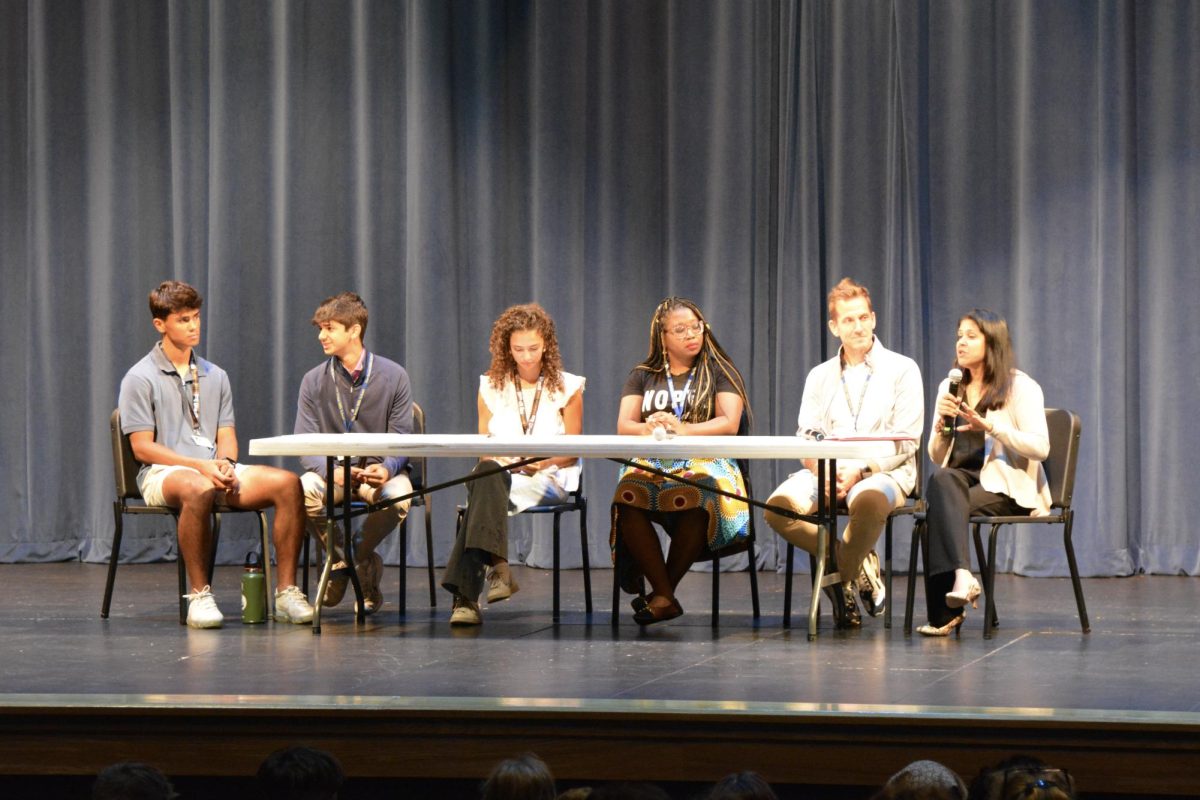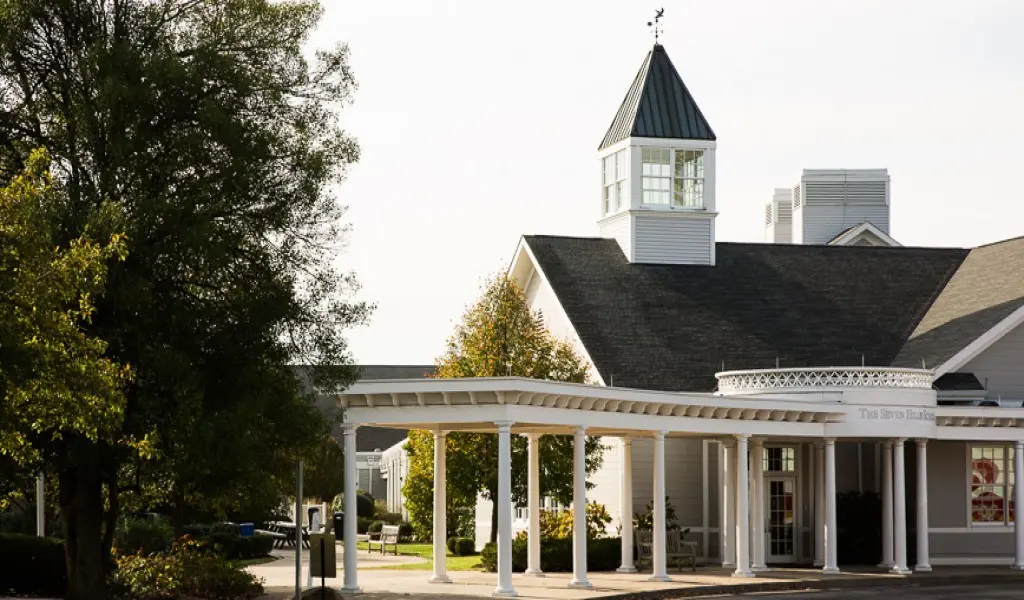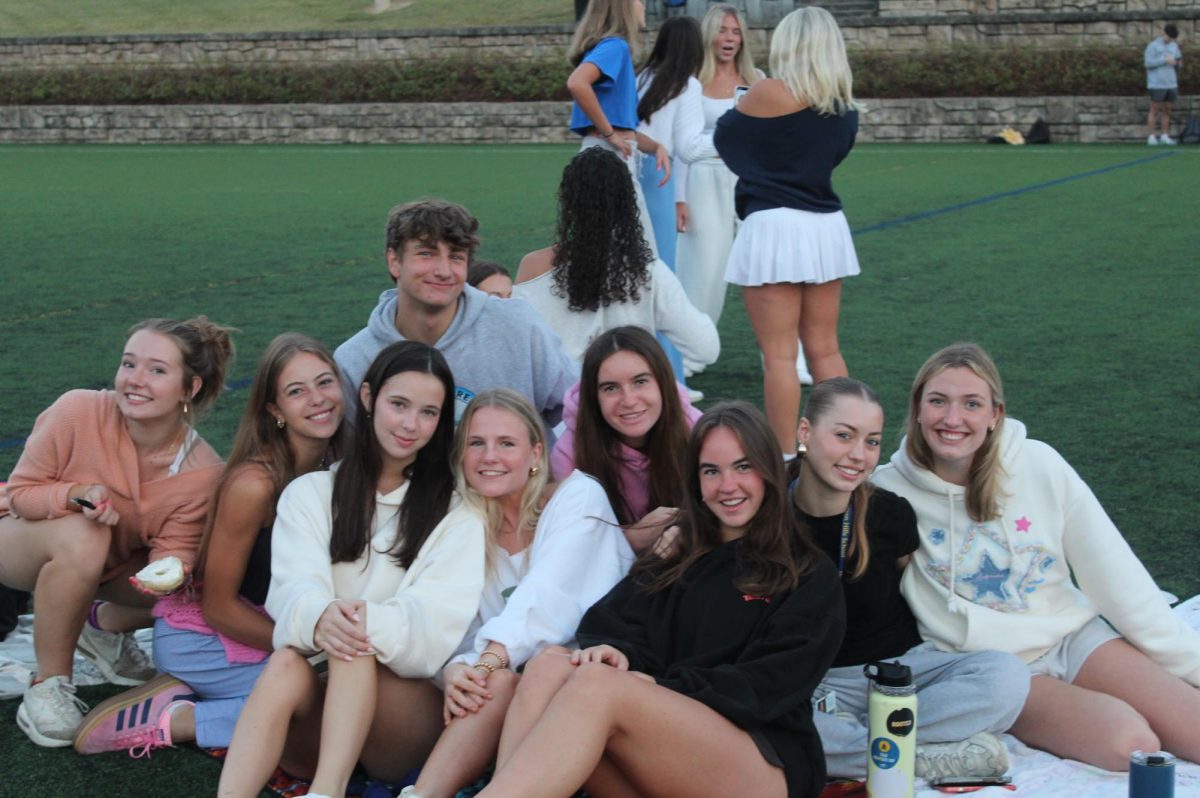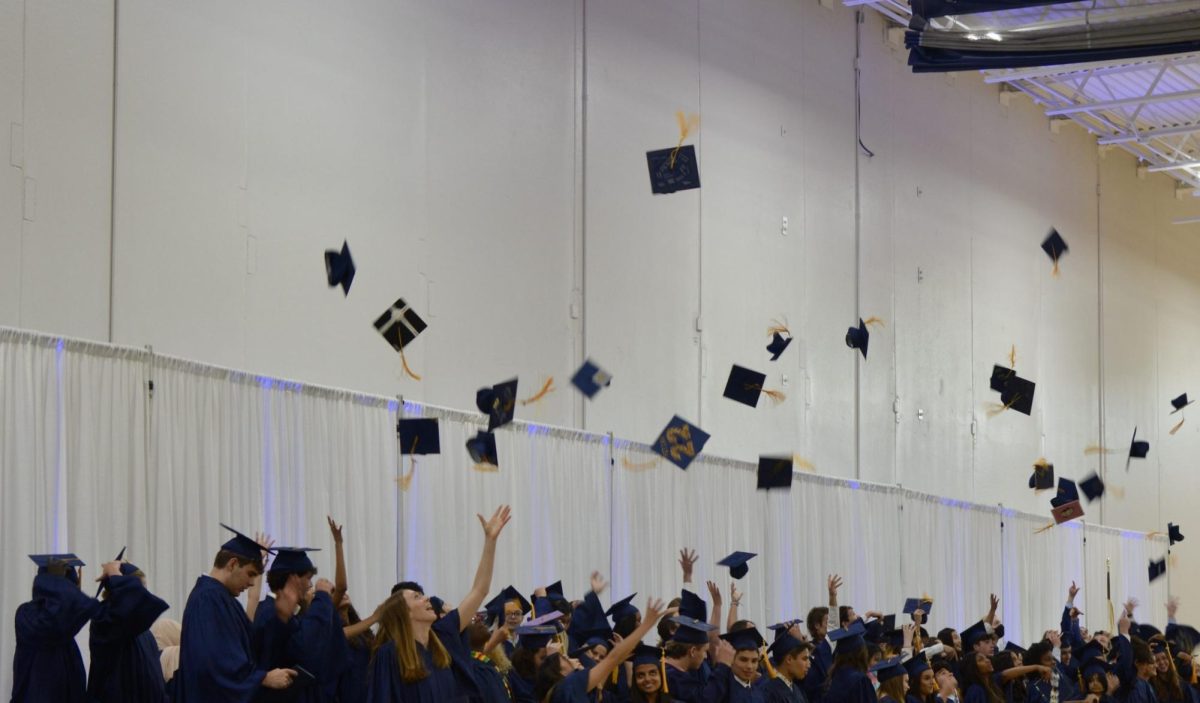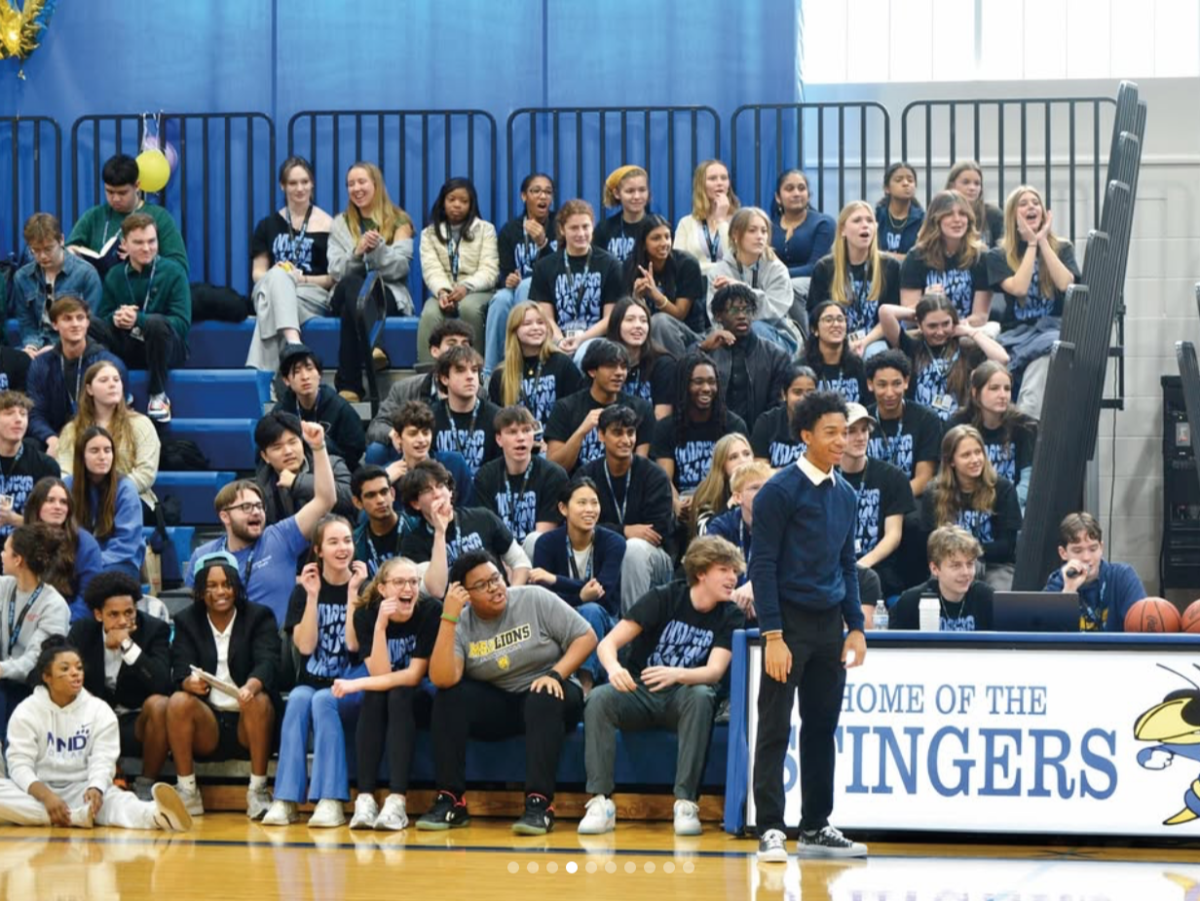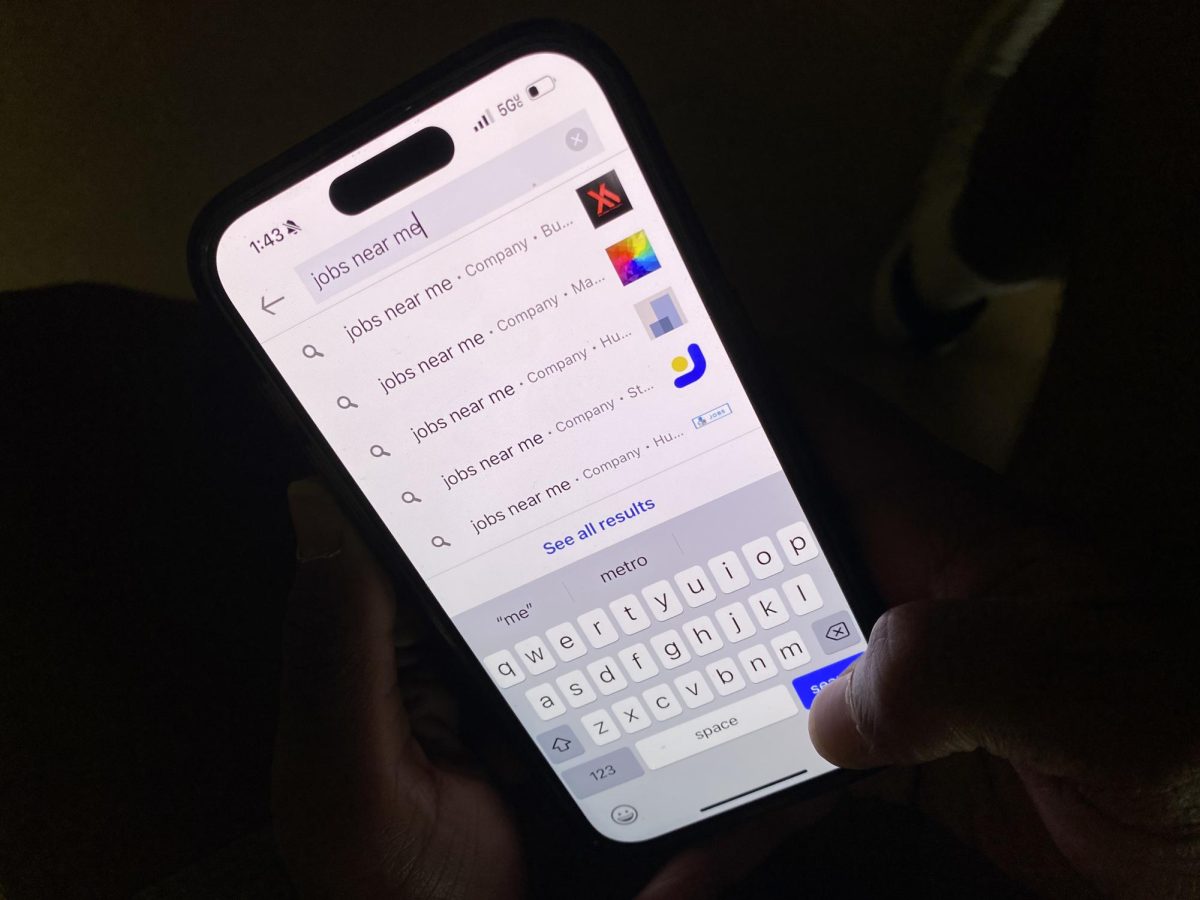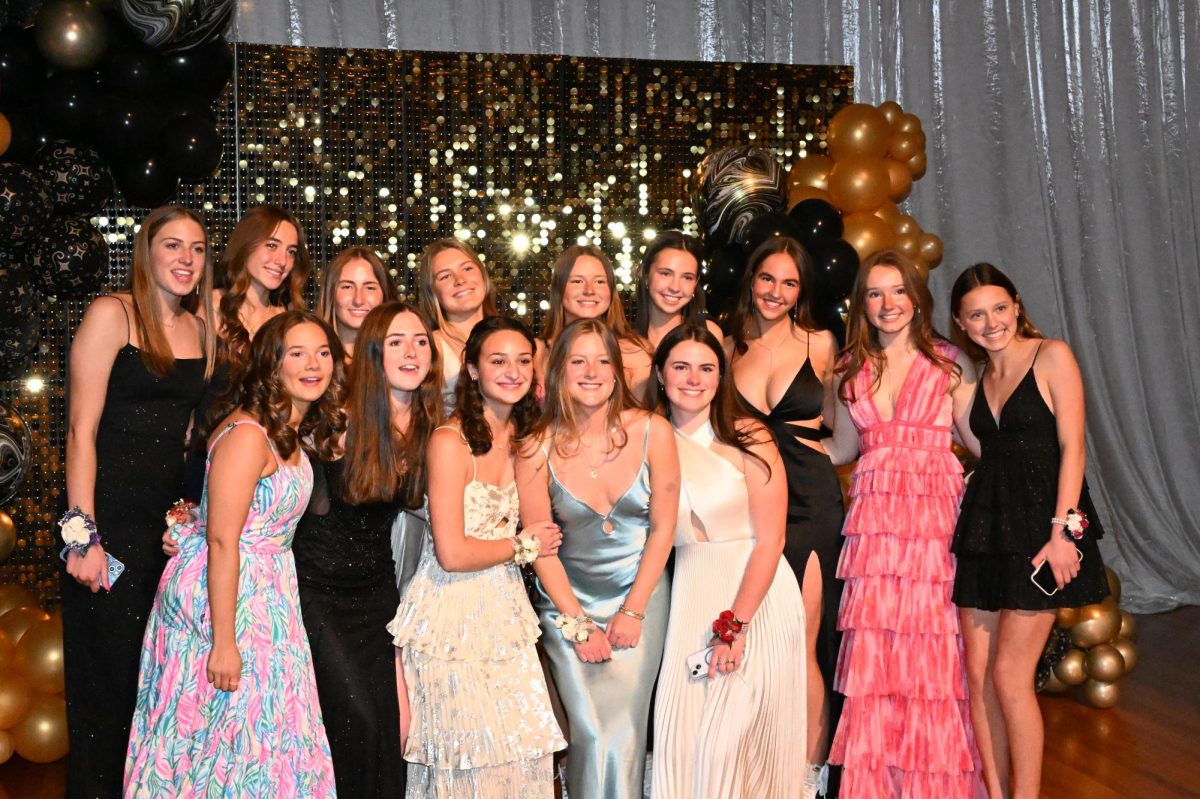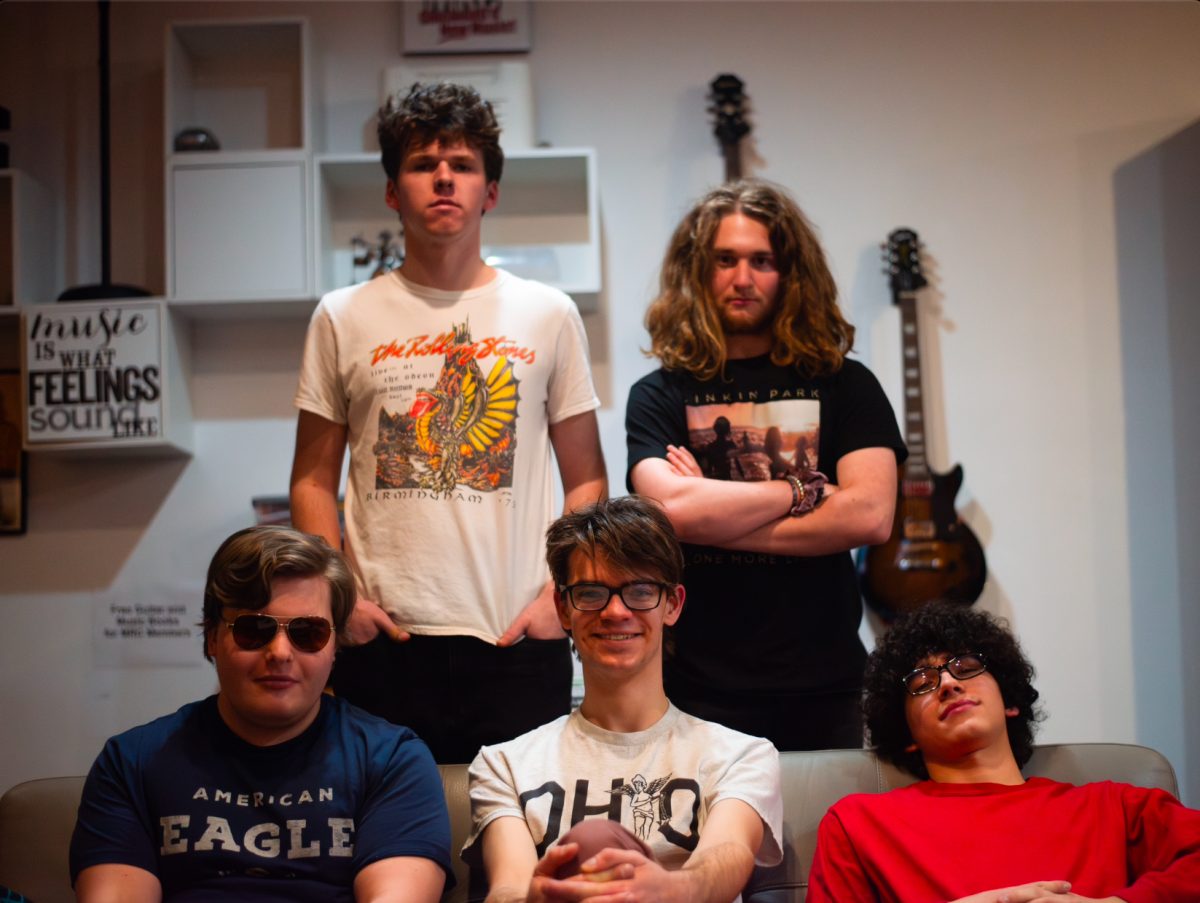The rule of students being able to leave at 3:15 p.m. during advisory at The Seven Hills School has been around for 20+ and has been brought back for the past two years. This rule has been around for quite a while, however, there was a period of time during COVID when students were able to leave before 3:15 p.m.
During the COVID-19 pandemic, community time between 2:40 p.m. and 3:15 p.m. at the end of the school day was not prioritized and students were able to leave the school at 2:45 p.m. Things were done quickly and there was no intentional community building at the time. Head of The Seven Hills Upper School Matt Bolton, as well as the Admin team, discussed this topic during the summer and decided that it would be a commitment moving forward. However, in the last two years, various activities to bring the community together such as advisory and class meetings have slowly been coming back since the pandemic.
“I think that the students as well as the faculty have noticed that we need to bring back some of that community time,” Dean of Students Laura Leonard said. According to her, this brings back more joy and fun, as well as a more normal routine, even though some might not be thrilled about it or not used to it.
The goal of this rule is to make “kids feel more of the joy in school and more of the connection,” Leonard said. Leonard said she wants to make sure that “students feel seen and valued.” She stated that school is not just about academics, and that there is so much more to it.
Leonard feels as if this rule is working, as more people are on board with community time and the need to build connections is understood, even though change can be hard.
“Sometimes in order to get somewhere we need to go, we just have to keep chipping away at it,” Leonard said.
Senior Lauren Coulson is used to leaving at 3:00 p.m., instead of 3:15, and states that it is different for her.
“I understand why they’re doing it, but it’s just a weird adjustment that I wasn’t prepared for,” Coulson said.
“I think that the challenge that we think about week to week is that we want to create programming during the community time that’s worthwhile,” Leonard said. She did not want the time to be spent just sitting in the Schiff center, or in advisory, with nothing to do, but instead, “really trying to be intentional about what we’re doing in those times.”
There is a schedule for community time, and how it is meant to be spent, but varies depending on the week. In the typical after-school schedule, Mondays are advisory; Tuesdays are school meetings; Wednesdays are extra help, which is a time for students to receive help they need from a teacher, or to spend time doing something of their choice; Thursdays are class meetings; and Fridays are also extra help.
The school tries to stick to this schedule; however, “things come up, schedules change, and some of our weeks are short, so we always try to be flexible, or for instance, we try and make sure we give enough extra help before the end of the quarter,” Leonard said.
Coulson states that sometimes people can be confused about what is at the end of the school day, and she would like to have a more consistent after-school schedule for community and extra help time.
An important thought that needs to be emphasized is ensuring that people stay at school until 3:15 p.m. To ensure that people follow this rule, teachers check student’s attendance and will report to Leonard if someone is missing. Attendance is also taken at all school meetings or other after-school activities, and if this rule is not followed, consequences such as detentions or phone calls home will follow. Although students must attend class meetings and advisory, they are not required to stay for extra help.
Coulson thinks that the rule was a good idea for mixed groups of students and that it can be nice to get to know people. She also thinks that advisory is a good use of time for certain people such as the freshmen but not for older students because they would already know each other pretty well.
“I think it’s helpful for freshmen or people in a new advisory,” Coulson said. However, she also states that she has been in the same advisory for three years, and as a senior, she is already close with the people in her advisory, so it is not as helpful for her.
Coulson plays volleyball, and she stated that it was hard to get the volleyball net up by 3:30 pm., and to get ready in time. So, this rule also conflicted with students who play sports and those leaving the school itself.
“It’s hard to time manage with it,” Coulson said.
She also finds it difficult to leave at the end of the day due to all the traffic trying to get out of the school, especially because the middle school also gets out at 3:15 p.m. Coulson thinks that a good compromise would be to be able to leave the school at 3:00 p.m. instead of 3:15 p.m.
As of right now, Leonard will continue this rule in the future: “We are certainly holding onto community time, and I think we are also working hard to make it a better use of time,” Leonard said. She is always talking with students and trying to keep a pulse on how they feel about things. She stated that even though students might not like staying until 3:15 p.m., they want to feel connected, spirited, and have joy and laughter with their peers, deep down. All it will take is “a little retraining,” Leonard said.
Categories:
Adjusting to the Change of Leaving the School at 3:15 Again
December 6, 2023
0
About the Contributor
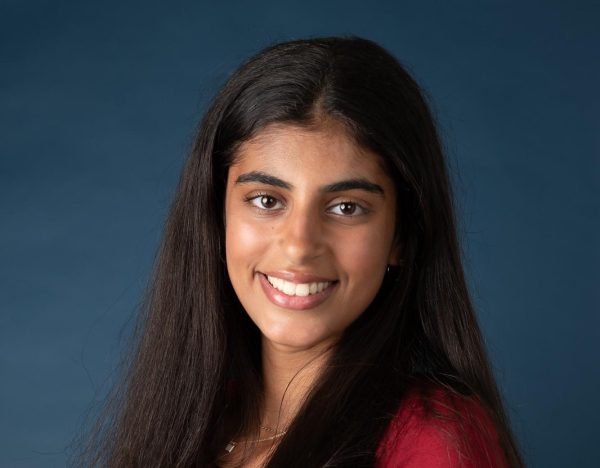
Anika Kakar, Editor-in-Chief
Anika Kakar Editor-in-Chief for The Hive 2025-2026 school year. She is currently a junior and has been in journalism since middle school. Outside of school, she plays basketball and likes to draw. Through journalism she hopes to help connect the community and write interesting articles for people to read.

